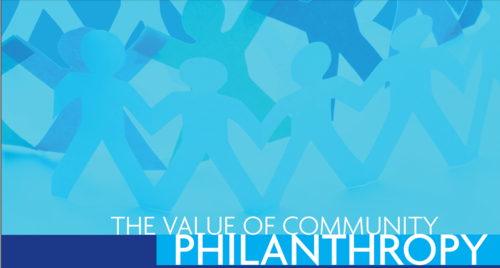
Who knows their community best? Many would argue the answer lies in community members themselves. The latest report from the C.S. Mott Foundation and the Aga Khan Foundation explores the rising trend of community-based philanthropy, evident in the growing numbers of community foundations not just domestically, but globally.
For a sector characterized by grants and gifts from wealthy tycoons and gargantuan foundations (especially in the United States), this trend represents a dramatic shift to democratize and “relocalize” philanthropy: to make it of the community, by the community and for the community. The “bottom-up” approach works in conjunction with a growing desire for transparent effectiveness in philanthropy. Working on a smaller scale enables flexibility when determining what is working, which is especially beneficial in our current economic state.
Community philanthropy lies at the forefront of efforts to advance civil society (notably in the Middle East with the Dalia Association in Palestine, and the Community Foundation of South Sinai) and to tackle local issues such as poverty, racism, and gender inequality. This model emphasizes the importance of local people and individuals putting their own money toward developing long-term assets for their communities, and enables the creation of hybrid forms of philanthropy that do not fit within a specific paradigm, such as the Center for Arab American Philanthropy. CAAP is based on a community foundation model, but serves Arab American donors across the country rather than focusing on a particular geographic region.
The growth and development of community-based foundations reflects the impact that global movements have on neighborhoods, and also positions the community philanthropy sector to become a real force for social change worldwide.
- Community philanthropy? (devex.com)
- Meditating on the “gift economy” (Philanthropy in AAction)
- Grantmaking from the grassroots (Philanthropy in AAction)
